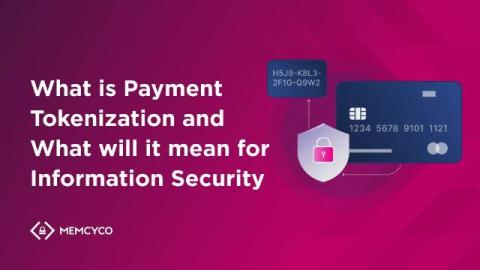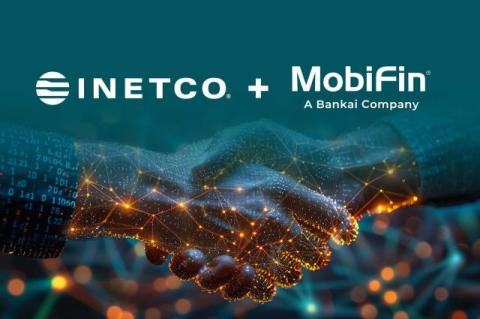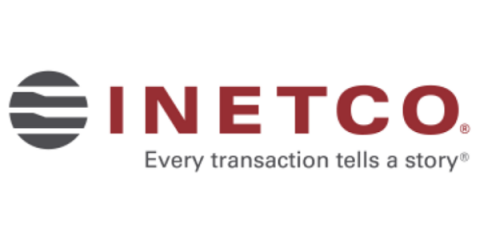Are Cross Border Crypto Payments the Future of International Transfers?
If you’ve ever had to pay someone who lives overseas, you’re probably aware of the wide variety of problems that can come with international payments. The traditional correspondent banking model results in high fees for both FX and transaction costs, along with settlement times that can range from 1-5 days.










